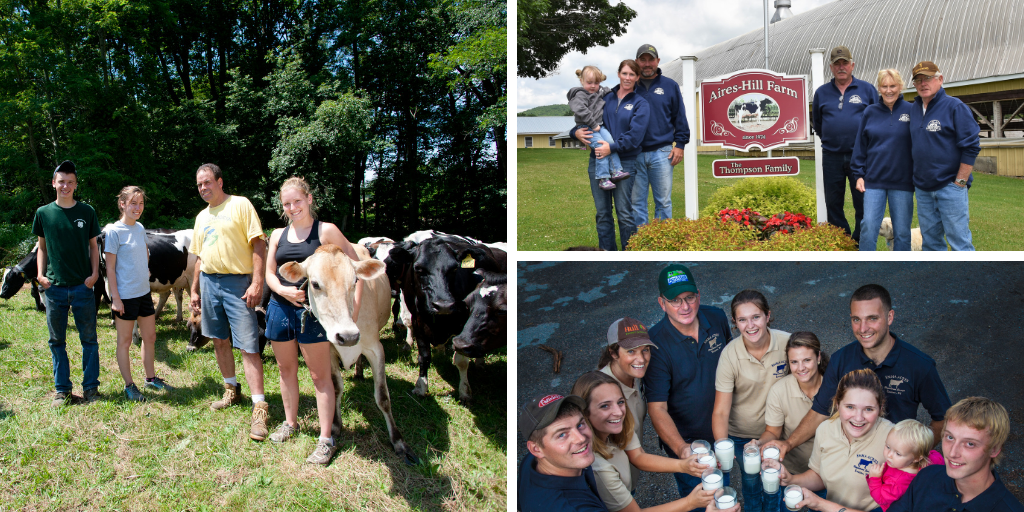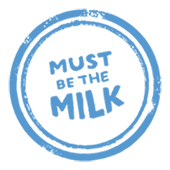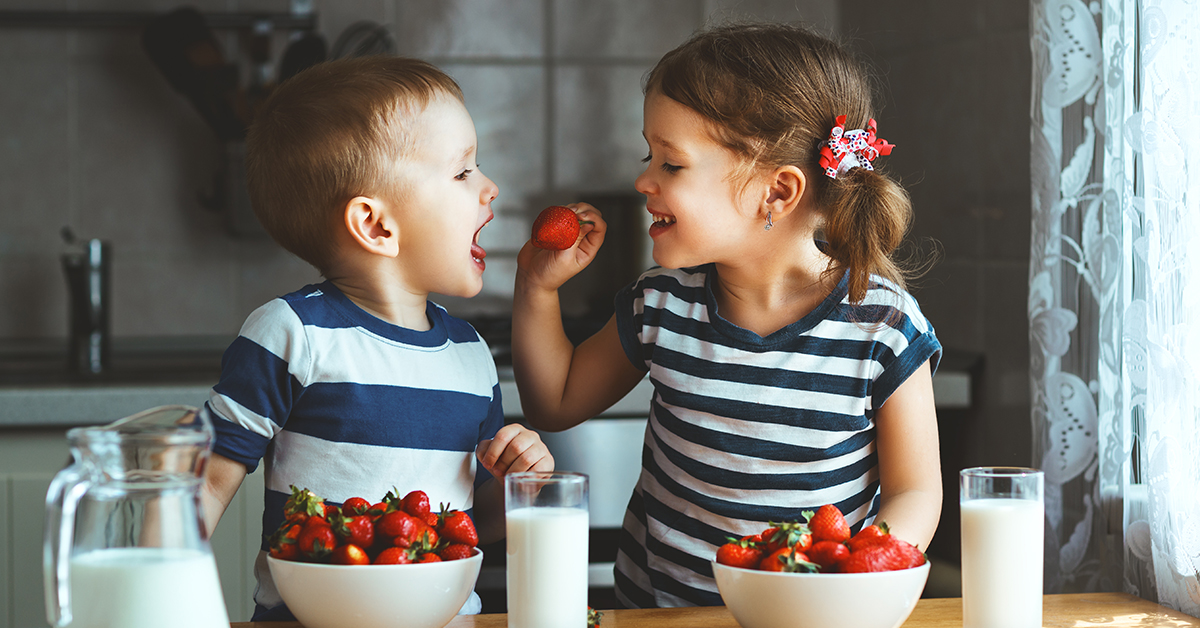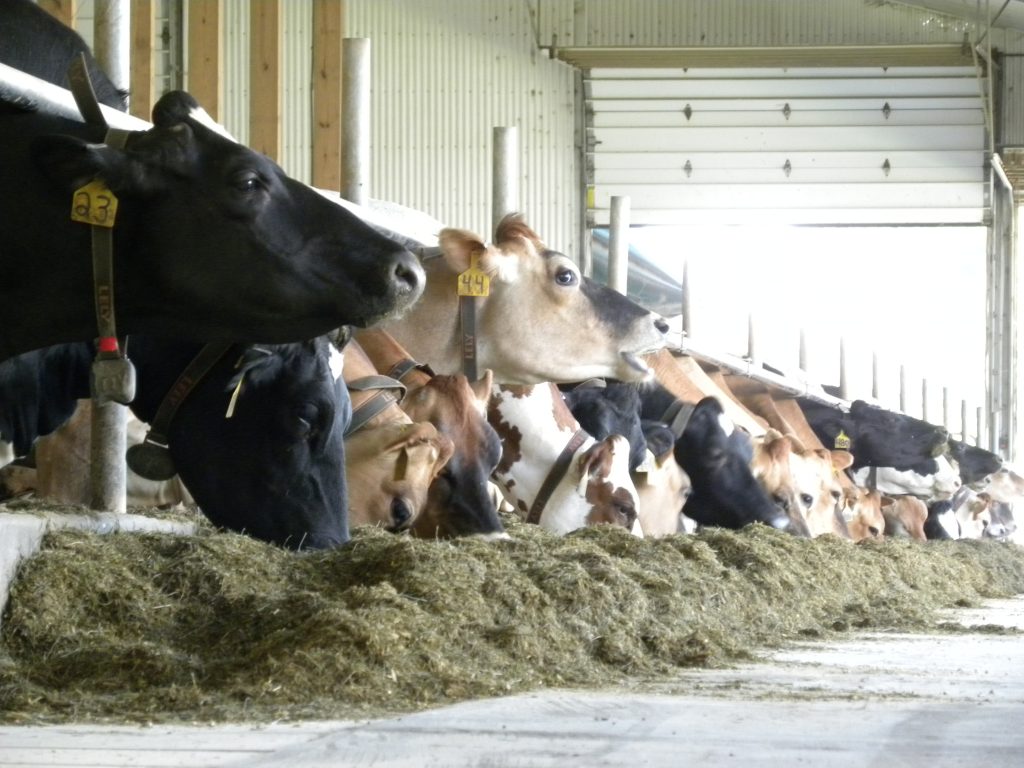Cow’s milk is a staple in the American diet. Going back to the days of daily milk deliveries to your doorstep, milk has been relied upon for decades as the cornerstone of a healthy diet for young kids as well as adults. Whether using it for cooking, baking, or drinking it on its own, milk and other dairy products offer a number of nutrients and health benefits. But despite this familiarity, many people don’t really know where their milk comes from, how it’s made or how it connects back to their local community. Here are seven interesting facts you may not know about your milk or your local dairy farmers.
1. It’s locally sourced
Cow’s milk is truly a local food and remains so, even as food supply chains have become longer and more complicated. It’s important to know that even when you get generic milk at the grocery store, the majority of it is sourced from family farms in New England or Eastern New York. While some of our dairy farms may still bottle and sell their own milk directly, the majority belong to a co-op and have their milk picked up daily or every other day and it’s sent to a nearby processor. There, it is pooled with milk from other dairy farms in the region, processed, and bottled for sale at the grocery store, or turned into other dairy products we love like cheese, butter, ice cream and yogurt.
2. Most cow’s milk travels from the farm to the grocery store in 48 hours or less
To maximize its shelf life and to provide a fresh and local product to consumers, cow’s milk arrives at the grocery store usually within 48 hours of leaving the farm.
People can always look up the code on their milk cartons to find out where their milk was processed by visiting WhereIsMyMilkFrom.com. This website shows you how to find and enter the plant code that is on your milk carton or on other dairy products like yogurt or ice cream. You may be surprised to see how many dairy products were processed right in your state or in the surrounding region.
3. Cow’s milk, cheese and yogurt provide a unique package of nine essential nutrients and up to 19 percent of your daily protein requirements
Most people recognize cow’s milk as great source of calcium, but did you know dairy foods provide a unique package of nine essential nutrients? In addition to calcium, cow’s milk, cheese, and yogurt provide potassium, phosphorus, high-quality protein, vitamins A, D and B12, riboflavin, and niacin (niacin equivalents). Emerging research also suggests that dairy’s unique nutritional package may support heart health and improved blood sugar regulation.
Non-dairy milks vary in their nutritional profiles, and their implications for health have not been thoroughly studied. They are often fortified and have long ingredient lists that include added salt, sugar, stabilizers and emulsifiers like locust bean gum, sunflower lecithin, and gellan gum. See how cow’s milk compares to non-dairy milks in nutrition and price here.
Lactose intolerant? Try lactose-free milk or other dairy foods low in lactose such as naturally aged cheeses (Cheddar, Colby or Swiss). Check out these other great tips for enjoying dairy with lactose intolerance.
4. Dairy cow manure can power thousands of New England homes and businesses
A dairy cow can produce a lot of manure, aka poop. Farmers recognize that manure is a valuable resource to be recycled instead of wasted. Anaerobic digester systems allow farmers to go a step further and recycle manure, converting it into clean, renewable electricity. We now have over 20 anaerobic digesters in New England and they may be helping to power your home or local business.
Some State Specific Stats:
- Manure from Massachusetts dairy farms make enough energy to power nearly 2,000 homes in MA annually.
- Manure from Vermont dairy farms make enough energy to power more than 4,000 homes in VT annually.
5. Dairy cows can eat things that would otherwise end up in landfill
Because dairy cows are ruminants, with four distinct compartments in their stomach to digest food, they can eat and “unlock” the energy and nutrients in byproducts that humans can’t eat, and would otherwise end up as waste. These byproducts include things like citrus pulp, almond hulls or spent grains from breweries. 85 percent of byproducts from beer production come in the form of spent grains. Local breweries often give their spent grain to area farms instead of having it go to waste. Next time you’re enjoying one of your favorite brews, raise your glass to a local dairy cow contributing to this sustainable cycle.
6. Majority of New England dairy farms are multi-generational
Despite what some people may think, dairy farms aren’t corporations that funnel profits up to wealthy business leaders. In most cases, dairy farms are owned and operated by families who have been working the land for several generations. In fact, about 95 percent of dairy farms in the U.S. are family owned and operated and that number is nearly 100% in New England.

New England dairy farmers are part of the fabric of the communities they serve. Purchasing dairy products is a way of re-investing your money in the local economy and helping to preserve the land our local dairy farms help protect. Find the economic impact in your specific state by using the International Dairy Foods Association’s (IDFA) Economic Impact Tool.
7. New England dairy farmers provided over $350,000 in grants to support school meal and physical activity programs in the 2018-19 school year.
As further proof of their commitment to their communities, dairy farmers in Massachusetts Connecticut, Vermont, New Hampshire and Rhode Island have donated $350,000 over the past year to support school meal and physical activity programs. Some of these funds have been used to start or expand breakfast and lunch programs, so that more students are fueled for learning.
The next time you drink a glass of milk or enjoy a bowl of yogurt, take a moment to remember dairy is more than just a good source of calcium. Dairy provides a unique package of nine essential nutrients that is difficult to replace, it supports your local economy, and is an important part of a sustainable food system.





